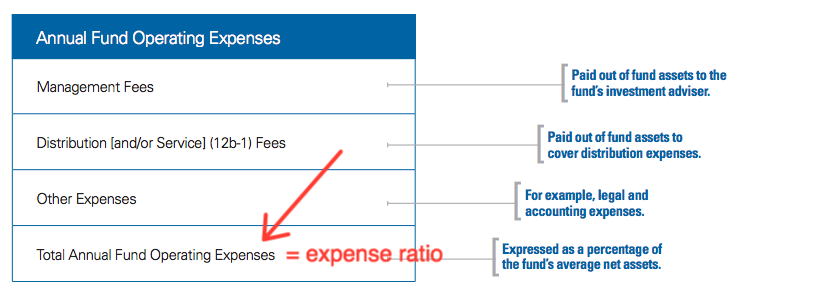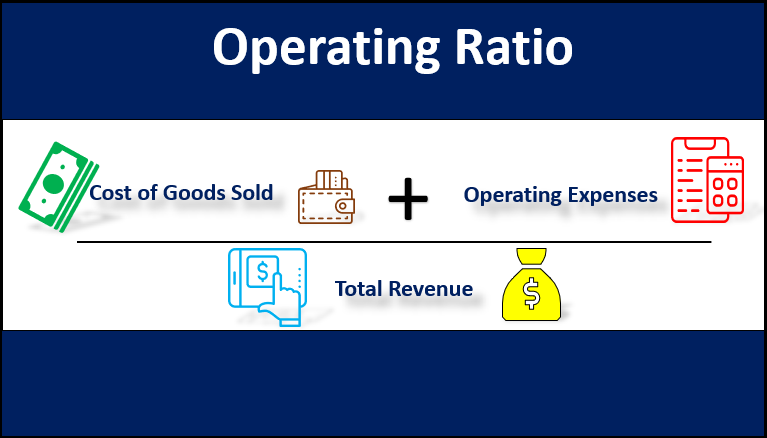

Cash comes in, for instance, from the sale of goods or services, and cash flows out to pay employees. On the cash flow statement, operating cash flow measures the cash coming into and out of the business from these operating activities. Employee travel, marketing campaigns and repair of key equipment are all examples of operational activities. Operating costs are the result of a company’s operating activities, or activities directly related to selling products or services to customers. But as a general rule, keeping operating costs under control and selling more of your products or services creates more free cash flow for the business, which is a good thing. It will differ depending on the business model, industry and the business’s maturity. There is no hard-and-fast rule on the ideal percentage of operating costs relative to revenue. Having a clear picture of OpEx, COGS and non-OpEx is crucial to figuring out whether your business is profitable. Accounting software makes it much easier to calculate and track operating expenses and related metrics.By keeping a close eye on operating expenses, finance teams can identify outliers and trends that could reveal opportunities to reduce expenses without sacrificing product or service quality.Compiling these costs helps organizations measure profitability and related numbers, like operating profit margin.Every organization has operating expenses that come with running a business and make it possible to sell goods or services.

Note: In some cases, for certain asset categories, 100% first-year depreciation is allowed. Those deductions happen through processes called depreciation and amortization. While capital expenditures are deductible, the deduction occurs over a period of time, rather than immediately.


These assets usually have a lifespan of one year or more and bring longer-term value to the business. Capital expenses, or CapEx, are one-time expenditures of tangible or nontangible assets that are reflected on a company’s balance sheet. Unlike COGS and OpEx, capital expenses do not show up on the company’s income statement. This formula includes the cost of purchasing the items, inbound freight, manufacturing (including labor), modification and packaging. In the simplest of terms, COGS include the beginning inventory plus inventory purchases minus the ending inventory. COGS can be difficult to calculate depending on the complexity of the business and what it sells. Operating expenses are different from the cost of goods sold (COGS), which are the direct expenses a business pays to purchase or manufacture its products. While rent and salaries are examples of fixed OpEx, fuel and sales commissions are variable ones. Operating (and non-operating) expenses can be fixed - unaffected by changes in production volume or service delivery - or variable, meaning they fluctuate in proportion to the changes in volume or delivery. Non-OpEx are expenditures indirectly related to operations that are the result of financing or investing activities, like interest payments on loans. Along with non-operating expenses, they help businesses calculate their profitability. Non-Operating ExpensesĪ company’s operating expenses, sometimes called OpEx, are reflected in its income statement. Examples include rent, travel, utilities, salaries, office supplies, maintenance and repairs, property taxes and depreciation (see below for a more comprehensive list). Operating costs are expenditures directly related to day-to-day business activities, excluding the processes involved in manufacturing a product or delivering a service. Therefore, by being aware of and proactively mitigating the cost of operations, businesses have the potential to better control costs and improve their financial health. As operating expenditures increase, profitability decreases. Understanding how much money it takes to keep a company running is critical to the viability of all organizations. East, Nordics and Other Regions (opens in new tab)


 0 kommentar(er)
0 kommentar(er)
